Properly planted fruit trees enhance the aesthetics of your garden and provide you with a bountiful harvest year after year. By avoiding common planting errors, you can ensure the health and productivity of your trees, leading to a successful harvest. Proper planting techniques ensure that the tree has a strong root system, access to essential nutrients, and adequate space to grow.
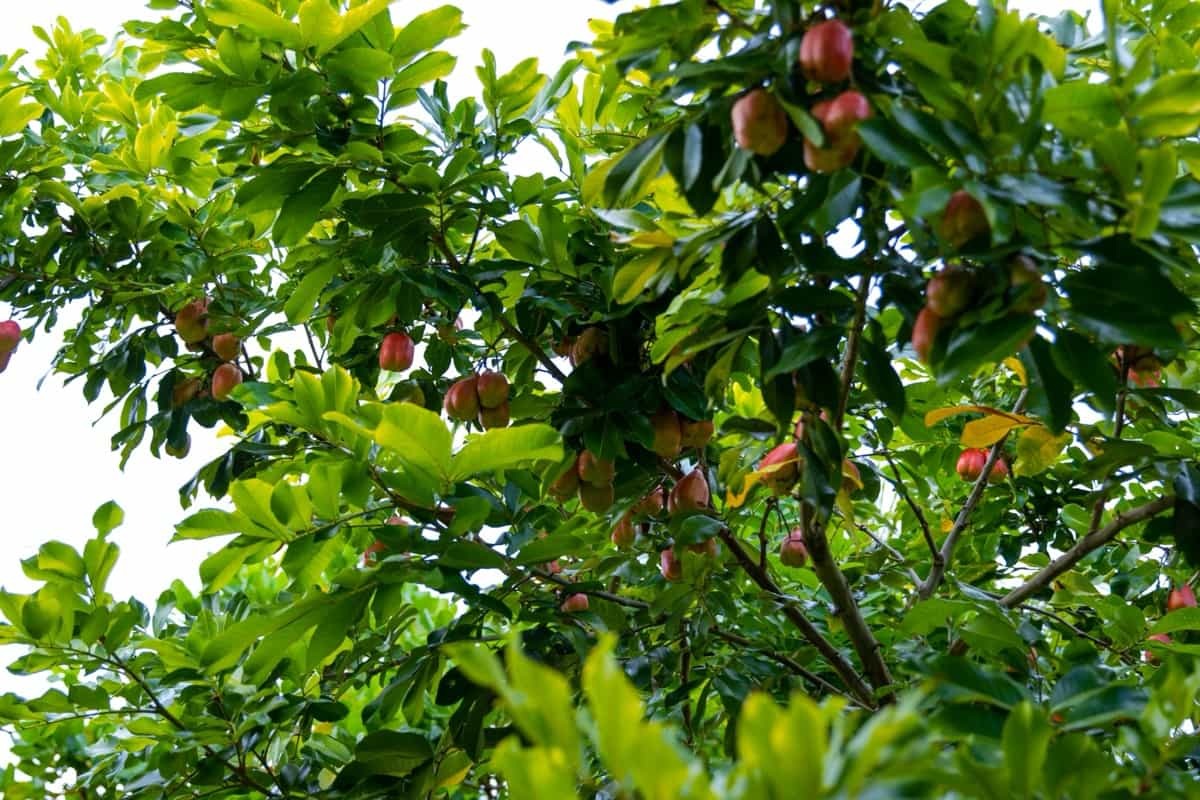
Planting at the Wrong Time of Year
Planting your fruit trees at the right time of year is crucial for their long-term success. Choosing the best planting time can make a significant difference in how well your trees establish themselves. In general, early spring or late fall are ideal times for planting fruit trees. This allows them to settle in before extreme temperatures hit and minimizes stress on the young saplings.
Avoid planting during the summer or when the ground is frozen solid in winter. These conditions can shock the tree and hinder its ability to grow strong roots. By being patient and waiting for the optimal planting time, you’re giving your fruit trees a head start toward thriving in their new environment.
Choosing Incorrect Species for the Climate
Each type of fruit tree requires specific temperatures and weather conditions to thrive. So, before making your selection, take into account your region’s average temperatures throughout the year and research which fruit trees are best suited for your specific climate zone. When planting fruit trees, it is crucial to choose the right species for your climate. If you live in a cold climate, opt for hardy fruit tree varieties like apples or cherries that can withstand frost.
In warmer regions, consider tropical fruits such as mangoes or avocados that thrive in hot temperatures. It’s essential to ensure that the fruit trees you choose have the best chance of thriving and producing a bountiful harvest in your particular environment. It’s essential to match the right species with the climate where you intend to plant them for long-term success and bountiful harvests.
Ignoring Soil Type and pH Requirements
When planting fruit trees, ignoring the soil type and pH requirements can spell disaster for your orchard. Each fruit tree species thrives in specific soil conditions, so it’s crucial to do your research before digging that hole. Some trees prefer acidic soils, while others thrive in alkaline environments. Understanding your soil’s pH level is key to ensuring your fruit trees have the optimal growing conditions they need to flourish.
In case you missed it: How to Increase the Sweetness of Fruits: Exploring Different Methods to Enhance Fruit Sugar Content
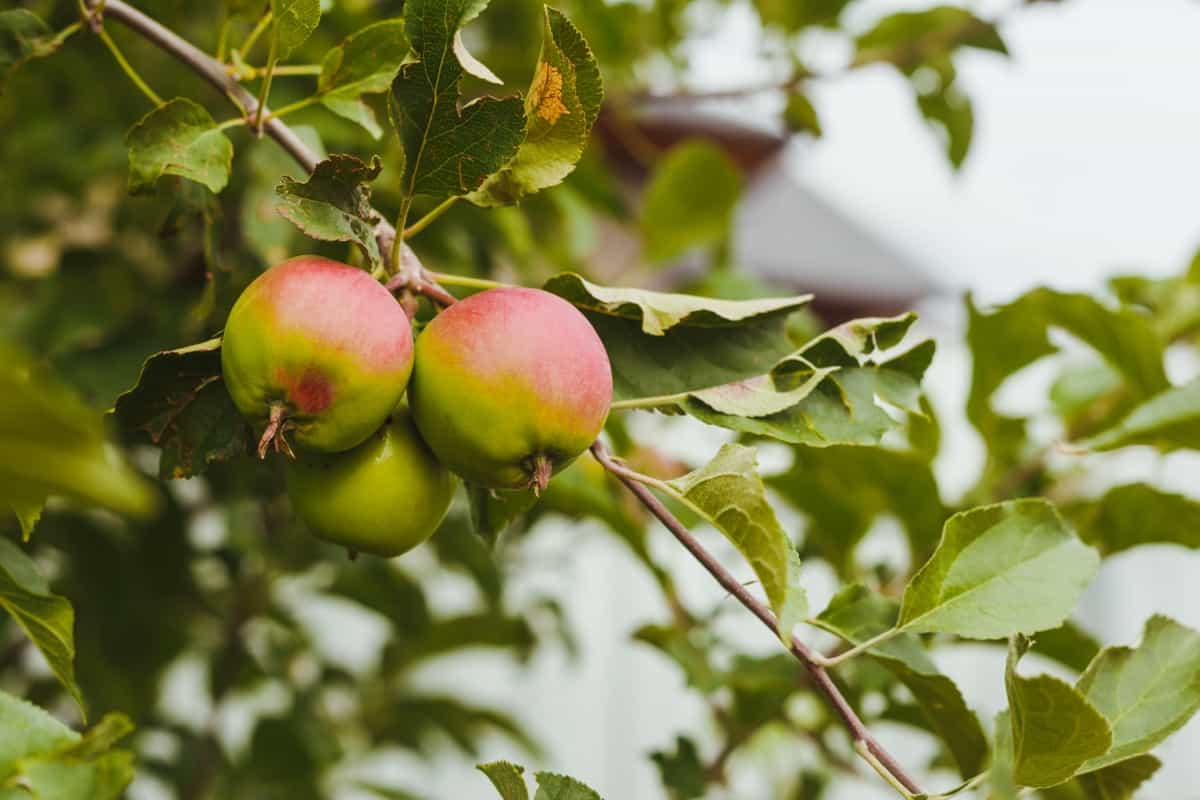
The soil pH level plays a major role in the tree’s health. While the ideal pH level can vary slightly depending on the species, a general range of 6.0-7.0 is considered optimal for most fruit trees. Testing your soil’s pH before planting can prevent potential issues later. If your soil is outside the recommended range, amend it with lime to raise pH or sulfur to lower it accordingly.
Planting Trees Too Deep
Many gardeners make the common mistake of planting trees too deep when trying to establish fruit trees in their orchards. The depth at which a tree is planted can impact its growth and overall health. When a tree is buried too deeply, it can suffocate the plant roots and hinder proper development. To avoid this error, always ensure that the sapling’s root flare sits slightly above ground level after planting.
This allows for adequate oxygen exchange for the roots and prevents issues like rotting or stunted growth. Remember, trees need to breathe just as much as they need water and sunlight. Proper planting depth also plays a crucial role in anchoring the tree securely in place. If it’s buried too deep, the stability of the tree may be compromised, making it more susceptible to wind damage during storms. The depth at which you plant your tree plays a major role in plant growth.
Overcrowding Tree Saplings
Overcrowding tree saplings is a common mistake that can lead to poor fruit production. Each tree needs space to spread its roots and branches without competing with neighboring trees for resources like sunlight, water, and nutrients. When trees are crowded together, they may not receive adequate airflow, which can increase the risk of diseases spreading among them.
To avoid overcrowding, follow the spacing guidelines recommended for the specific type of fruit tree you are planting. Giving each sapling enough room to thrive will result in healthier trees that are more resistant to pests and diseases.
Neglecting Proper Hole Preparation
When planting fruit trees, one common mistake that can have detrimental effects is neglecting proper hole preparation. The hole you dig for your tree sets the foundation for its growth and overall health. Properly preparing the hole means ensuring it’s wide enough to reach the roots without cramping them. It also involves breaking up any compacted soil at the hole bottom to allow for good root penetration into the surrounding soil.
In case you missed it: Citrus Farming in Spain: Citrus Fruit Cultivation Cost, Profit, and Production by Area
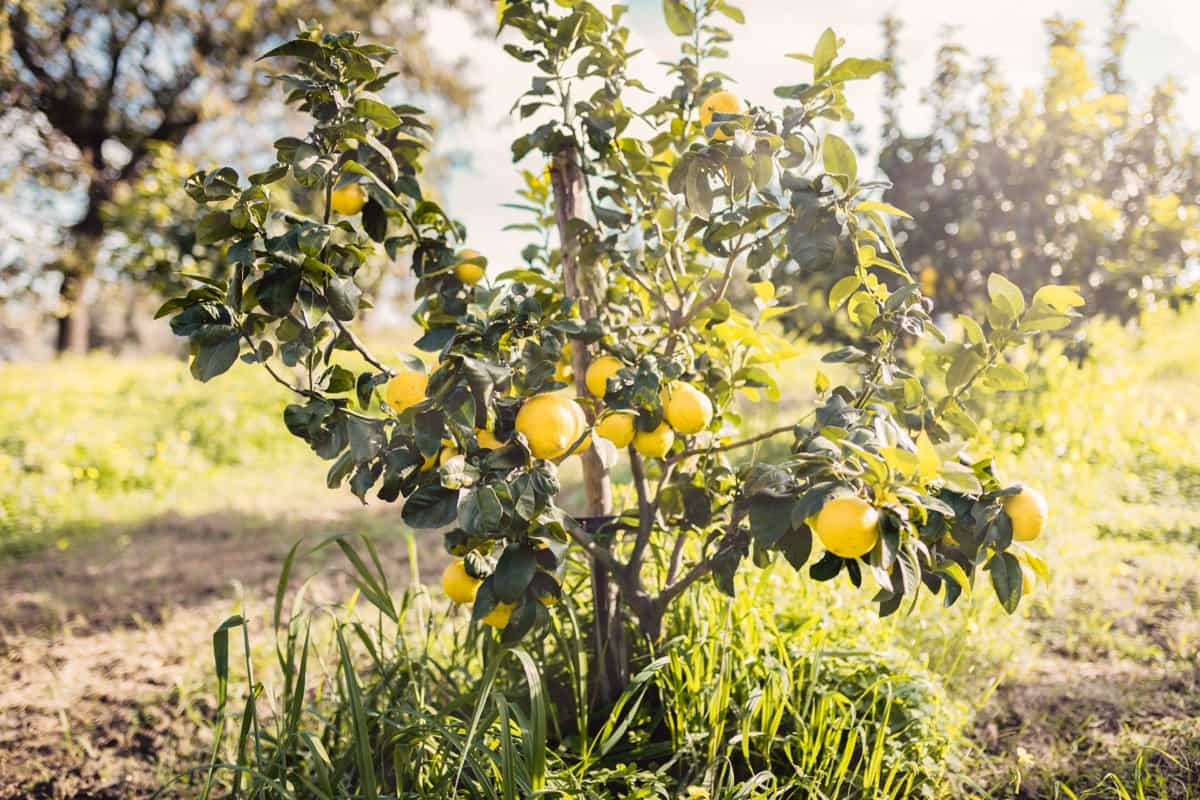
Neglecting this step can lead to restricted root growth, poor nutrient absorption, and, ultimately, a stunted or unhealthy tree. Taking time to prepare a well-structured planting hole sets your fruit tree up for success from day one. By providing adequate space and favorable conditions for root growth, you are giving your tree a solid foundation for thriving in its new environment.
Failing to Amend Poor Soil
Poor soil lacking essential nutrients and proper drainage can stunt tree growth and lead to unhealthy, unproductive trees. When you plant fruit trees in inadequate soil, they struggle to establish strong root systems and absorb the nutrients they need to thrive. This can result in stunted growth, decreased fruit production, or even the eventual death of the tree. Before planting your fruit trees, test your soil quality and composition. Amending poor soil with organic matter like compost or well-rotted manure can improve its structure, fertility, and drainage capacity.
Underestimating Sunlight Needs
Fruit trees require ample sunlight to thrive and produce a bountiful harvest. Without sufficient sunlight, the trees may struggle to photosynthesize effectively, leading to stunted growth and poor fruit development. Before planting fruit trees, it’s crucial to assess the sun exposure in your chosen location. For optimal growth, make sure the area receives 6-8 hours of direct sunlight daily.
If you plant your fruit tree in a shady spot, it will likely struggle to flourish and might not yield as many fruits as expected. Adequate sunlight is essential for the tree’s overall health and productivity. To prevent this planting mistake, take the time to observe how the sun moves across your yard throughout the day. Select a sunny place with good air circulation for your fruit tree to thrive.
Over or Under Watering Young Trees
Too much water in the fruit tree can lead to root rot, suffocating the roots and hindering nutrient absorption. On the other hand, underwatering can stress the tree, leading to stunted growth and poor fruit production. To avoid overwatering, make sure your soil has good drainage and only water when the top few inches are dry. For underwatering, check the soil moisture regularly and adjust your watering schedule accordingly.
Water the fruit plant deeply but infrequently to encourage deep root growth. This helps the tree withstand drought conditions in the future. During hot weather, young trees may need more frequent watering, but be mindful not to drown them with excessive water. By giving your young trees just the right amount of water, you’ll set them up for a healthy and fruitful future.
Ignoring Drainage Issues
Ignoring drainage issues can spell disaster for your fruit trees. When water doesn’t drain properly, it can lead to root rot and other ailments that weaken the tree’s health. Proper drainage is crucial because it prevents waterlogged soil, which can suffocate the plant roots and hinder nutrient uptake.
In case you missed it: How to Increase Flowering in Fruit Trees: Step-by-Step Guide for Beginners
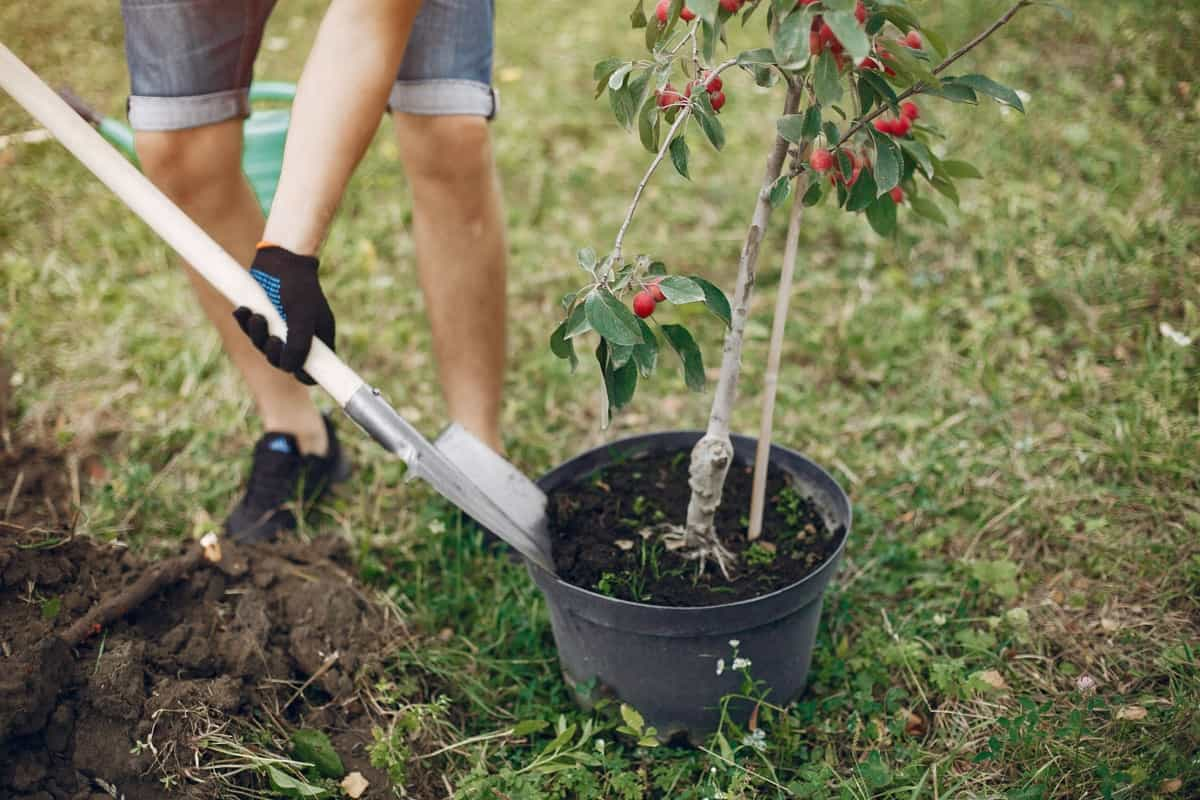
If excess water sits around the roots for too long, it can create an environment where harmful pathogens thrive. To avoid drainage problems, ensure that your planting site has good natural drainage, or consider installing a French drain system if needed. This will help redirect excess water away from the root zone, keeping your fruit trees happy and healthy.
Using Excessive Fertilizers
For caring for your fruit trees, it’s essential to strike the right balance with fertilizers. While nutrients are crucial for healthy growth, using too much can actually harm your trees rather than help them thrive. When feeding your fruit trees, it’s important to follow the recommended tips and not overdo it. Before applying any fertilizer, consider conducting a soil test to determine what specific nutrients your trees may need.
This will help you tailor your fertilization accordingly and avoid unnecessary excesses. Remember that more doesn’t always mean better when it comes to fertilizing. Stick to a consistent schedule and use only the amount recommended for optimal tree health and productivity.
Instead of applying chemical fertilizers, consider organic fertilizers that are gentler on the ecosystem. Compost and natural amendments can provide a slow release of nutrients without overwhelming your fruit trees. Plus, they help improve soil structure and microbial activity. Always test your soil before adding any fertilizer to determine what specific nutrients are lacking.
Skimping on Mulching
When you skimp on mulching, you expose your trees to harsh conditions. Think of mulch as sunscreen for your plants—they need that extra protection layer from the elements. Mulch regulates temperature fluctuations, keeping those roots happy and healthy. Don’t leave your trees thirsty and exposed. By neglecting proper mulching techniques or not applying enough mulch, you’re leaving your fruit trees vulnerable to stress from fluctuating temperatures and competing weeds that can rob essential nutrients from the soil.
A thin layer of mulch won’t provide adequate protection against these threats. To ensure your fruit trees thrive, make sure to apply a generous amount of organic mulch around the base of each tree while keeping it away from direct contact with the trunk. This can make a big difference in the long-term health and productivity of your orchard.
Not Protecting Trees from Pests
Pests can wreak havoc on your trees, damaging leaves, fruits, and even the tree itself. Some common pests to watch out in fruit trees for include aphids, caterpillars, and mites. To keep these critters at bay, consider implementing natural remedies like introducing beneficial insects or using neem oil spray. To prevent this issue, it’s essential to inspect your trees regularly for signs of pest infestation. Implementing natural pest control methods such as beneficial insects or organic sprays can help keep these unwanted visitors at bay.
In case you missed it: Popular Dwarf Fruit Varieties Grow Easily in Containers: Full Guide for Beginners
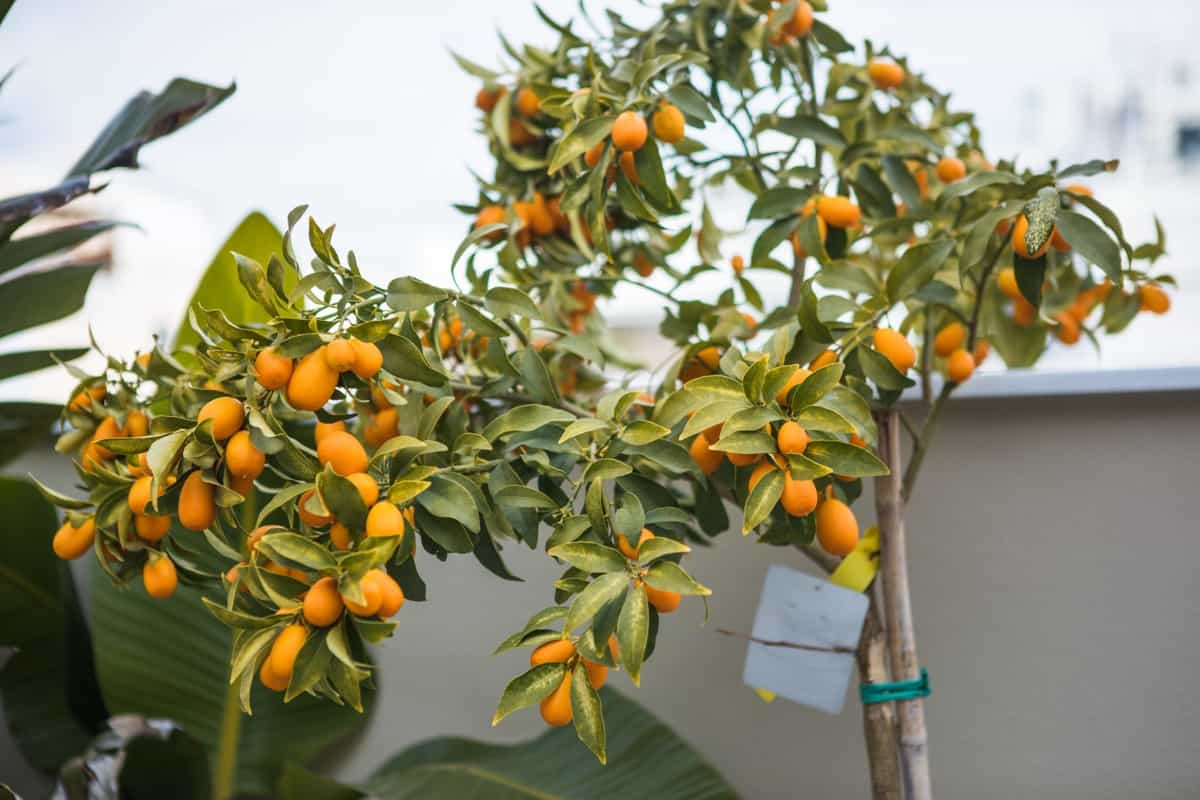
Another effective way to protect your fruit trees is by using physical barriers like netting or traps to deter pests from reaching your precious harvest. Don’t forget about fungal diseases like powdery mildew or fire blight, which thrive in humid conditions. Proper spacing between trees for adequate air circulation and applying fungicides preventatively can help safeguard against these issues. Make sure that prevention is important to protecting your fruit trees from pests.
Neglecting Regular Pruning
Neglecting regular pruning can have detrimental effects on your fruit trees. When you fail to prune them regularly, branches can become overcrowded in the plants, leading to an increased risk of disease. Pruning is essential for shaping the tree’s growth and promoting optimal fruit production. By removing dead branches, you allow the tree to focus its energy on healthy fruit plants.
Regular pruning also helps maintain the overall health of the tree by preventing potential pest infestations and improving sunlight penetration throughout the canopy. Remember that each type of fruit tree requires specific pruning techniques, so it’s important to educate yourself on the proper methods for your particular species.
Using Damaged or Diseased Saplings
Planting fruit trees with damaged or diseased saplings can spell disaster for your orchard. These compromised plants may struggle to establish themselves, leading to poor fruit production. It’s essential to carefully inspect each sapling before planting to ensure they are healthy and free from any signs of disease or damage. Using damaged saplings not only hinders the tree’s growth but also increases the risk of spreading diseases throughout your entire orchard.
In case you missed it: High-Density Lemon Plantation: Spacing, Plants Per Acre, Techniques, Cost, and Yield
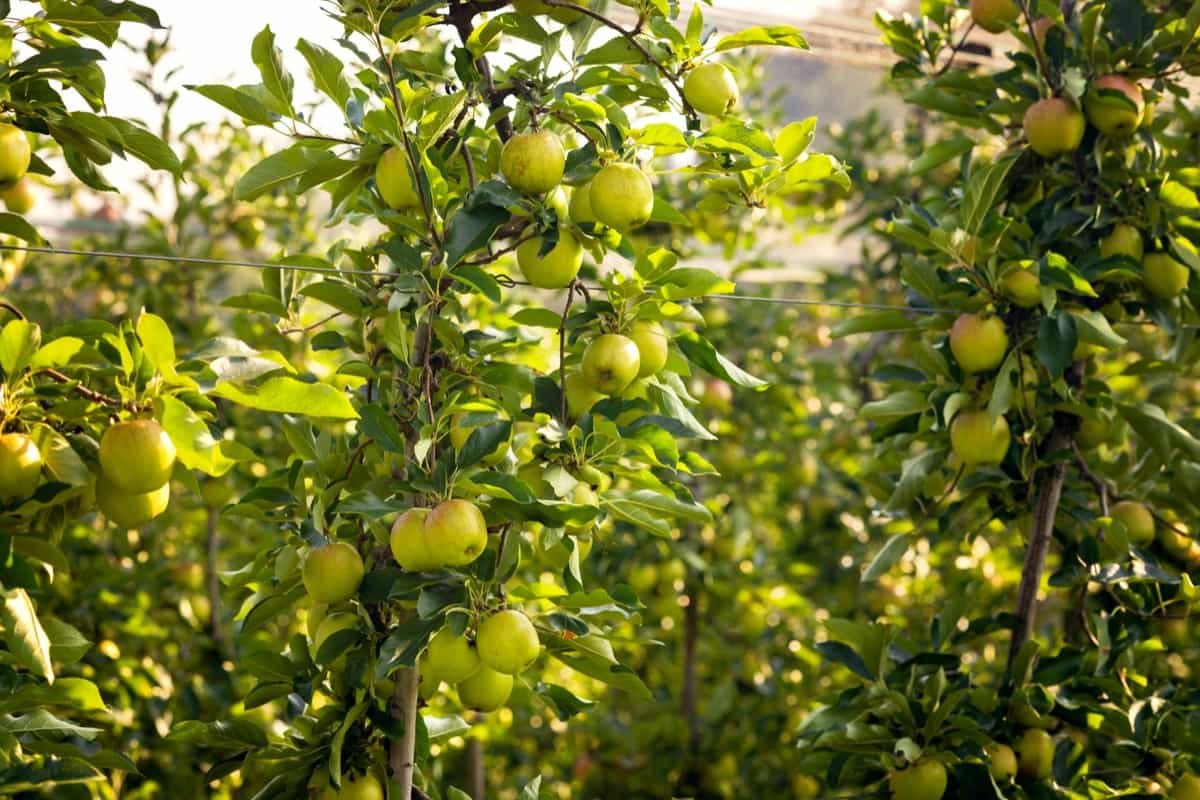
A single infected plant can quickly infect neighboring trees, causing a domino effect of decline in health. Investing in high-quality, disease-free saplings may cost a bit more initially, but it will pay off in the long run with healthier trees and bountiful harvests. Fruit trees are long-term investments, and any mistakes made during planting can have a significant impact on their growth and productivity. Each step in the planting process plays an important role in the long-term health of your fruit-bearing plants.
- Types of Pesticides Used in Agriculture: A Beginner’s Guide
- Economical Aquaculture: A Guide to Low-Budget Fish Farming
- 15 Common Planting Errors That Can Doom Your Fruit Trees
- How to Make Houseplants Bushy: Effective Tips and Ideas
- Innovative Strategies for Boosting Coconut Pollination and Yield
- Pollination Strategies for Maximum Pumpkin Yield
- The Complete Guide to Chicken Fattening: Strategies for Maximum Growth
- Natural Solutions for Tulip Problems: 100% Effective Remedies for Leaf and Bulb-Related Issues
- Revolutionizing Citrus Preservation: Towards a Healthier, Greener Future
- Natural Solutions for Peony Leaf and Flower Problems: 100% Effective Remedies
- Maximizing Profits with Avocado Contract Farming in India: A Comprehensive Guide
- Natural Solutions for Hydrangea Problems: 100% Effective Remedies for Leaf and Flowers
- The Ultimate Guide to Choosing the Perfect Foliage Friend: Bringing Life Indoors
- From Sunlight to Sustainability: 15 Ways to Use Solar Technology in Agriculture
- The Ultimate Guide to Dong Tao Chicken: Exploring from History to Raising
- The Eco-Friendly Makeover: How to Convert Your Unused Swimming Pool into a Fish Pond
- Mastering the Art of Delaware Chicken Farming: Essentials for Healthy Backyard Flocks
- 20 Best Homemade Fertilizers for Money Plant: DIY Recipes and Application Methods
- How to Craft a Comprehensive Free-Range Chicken Farming Business Plan
- Brighten Your Flock: Raising Easter Egger Chickens for Beauty and Bounty
- How to Optimize Your Poultry Egg Farm Business Plan with These Strategies
- Subsidy for Spirulina Cultivation: How Indian Government Schemes Encouraging Spirulina Farmers
- Ultimate Guide to Raising Dominique Chickens: Breeding, Feeding, Egg-Production, and Care
- Mastering the Art of Raising Jersey Giant Chickens: Care, Feeding, and More
- Ultimate Guide to Raising Legbar Chickens: Breeding, Farming Practices, Diet, Egg-Production
- How to Raise Welsummer Chickens: A Comprehensive Guide for Beginners
- How to Protect Indoor Plants in Winter: A Comprehensive Guide
- Ultimate Guide to Grow Bag Gardening: Tips, Tricks, and Planting Ideas for Urban Gardeners
- Guide to Lotus Cultivation: How to Propagate, Plant, Grow, Care, Cost, and Profit
- Agriculture Drone Subsidy Scheme: Government Kisan Subsidy, License, and How to Apply Online
- Ultimate Guide to Raising Araucana Chickens: Breed Profile, Farming Economics, Diet, and Care
- Bringing Hydroponics to Classroom: Importance, Benefits of Learning for School Students
- Ultimate Guide to Raising Polish Chickens: Breed Profile, Farming Economics, Diet, and Care
- Ultimate Guide to Raising Australorp Chickens: Profile, Farming Economics, Egg Production, Diet, and Care
- Silkie Chicken Farming: Raising Practices, Varieties, Egg Production, Diet, and Care
- Sussex Chicken Farming: Raising Practices, Varieties, Egg Production, Diet and Care